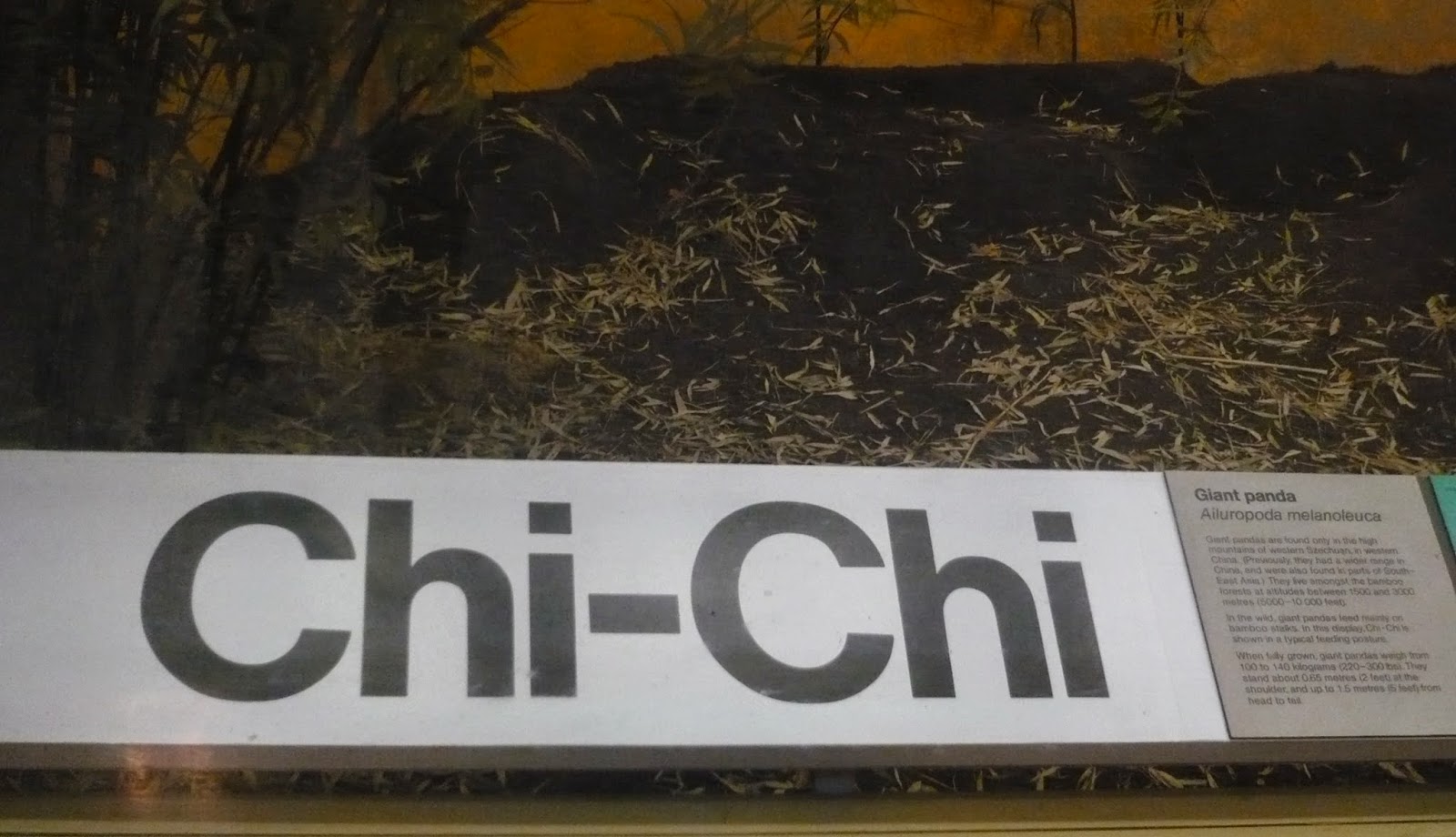"I love dolls", began our conversation, between myself and a nine year old visitor.
So I showed her this cabinet in the Horniman Museum.
 |
| Raffia Doll & Stick, Zambia, Africa |
"Oh, they're so cute."
"What! even that one." I'm not sure I should have passed judgement.
Cute isn't a word, I'd have used.
"That looks like Snow-White."
I can see where she's coming from.
 |
| North America |
 |
| Poland |
"I love the colours and the pattern. Look at her hair, it looks really beautiful."
 |
| Japan |
"You could try doing your hair like that at home", I suggested.
"Oh but I've only bought five bobbles with me."
She told me all about visiting her Aunt and Uncle in South East London for the school holidays and she hadn't packed the kind of hair accessories needed to replicate this Japanese doll's hairstyle.
 |
| China |
But she wouldn't have minded borrowing these shoes to try on her dolls at home.
We had a great chat about dolls.
That conversation progressed a lot further than the teenager who put me firmly in my place, halting any attempt I made to help her to engage with the collection.
Me, keenly, "What are you interested in?"
She cut me dead with, "One Direction", oh, and a grunt.
Me, keenly, "What are you interested in?"
She cut me dead with, "One Direction", oh, and a grunt.
There wasn't anywhere I could go with that reply. There are no One Direction dolls in the Horniman Museum, although I believe they do exist.
All the dolls pictured above can be found in the Horniman Museum's Hands-on Base, Discovery For All session, open Sundays.
Details on their website here.














































